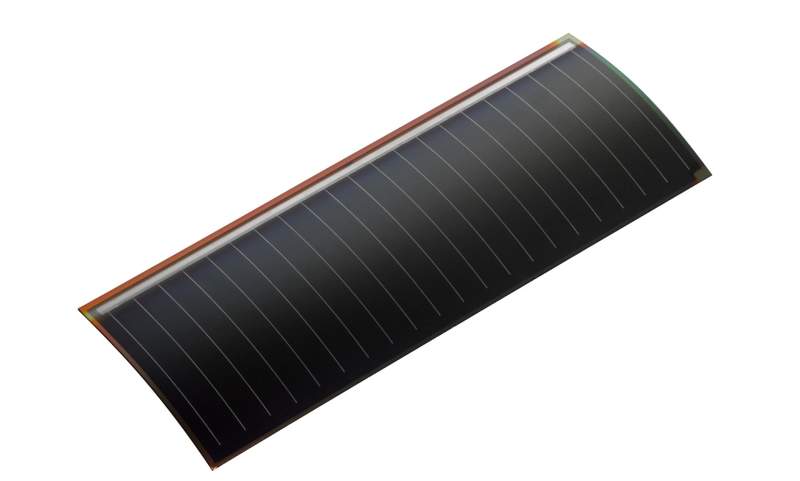
The US Naval Research Laboratory (NRL) has selected Alta Devices to supply its flexible and lightweight solar technology to help power the Hybrid Tiger unmanned aerial vehicle (UAV).
The navy’s Hybrid Tiger UAV project is a follow-up to Ion Tiger, which involves a liquid hydrogen-powered fuel cell UAV developed by NRL.
Hybrid Tiger is a Group-2 autonomous aircraft that will be capable of staying airborne for a minimum of three and a half days.
Technologies developed for the programme will also be capable for use on other unmanned vehicles.
Alta Devices chief executive officer Jian Ding said: “Widespread use of small UAVs in both the military and industry has been limited to-date by endurance.
“The Hybrid Tiger will demonstrate that very long endurance flights, with sophisticated telemetry and capabilities, can be achieved with the inclusion of solar arrays.
“This project will open the door for many new solarpowered UAV applications, and we look forward to achieving next-generation breakthroughs via this cooperative effort.”
The Hybrid Tiger project integrates a number of different technologies into a single UAV capable for long-range endurance.
Sponsored by the Office of the Deputy Assistant Secretary of Defense for Operational Energy and the US Marine Corps Expeditionary Energy Office, the programme will use flexible solar cells, a hydrogen fuel cell and energy-aware guidance algorithms, irrespective of latitude or time of year.
The drone will be capable of flying for a few days without using traditional fuels. Its multi-day endurance technology will enable applications such as low-altitude communications enablement, atmospheric research, and search-and-rescue missions.



